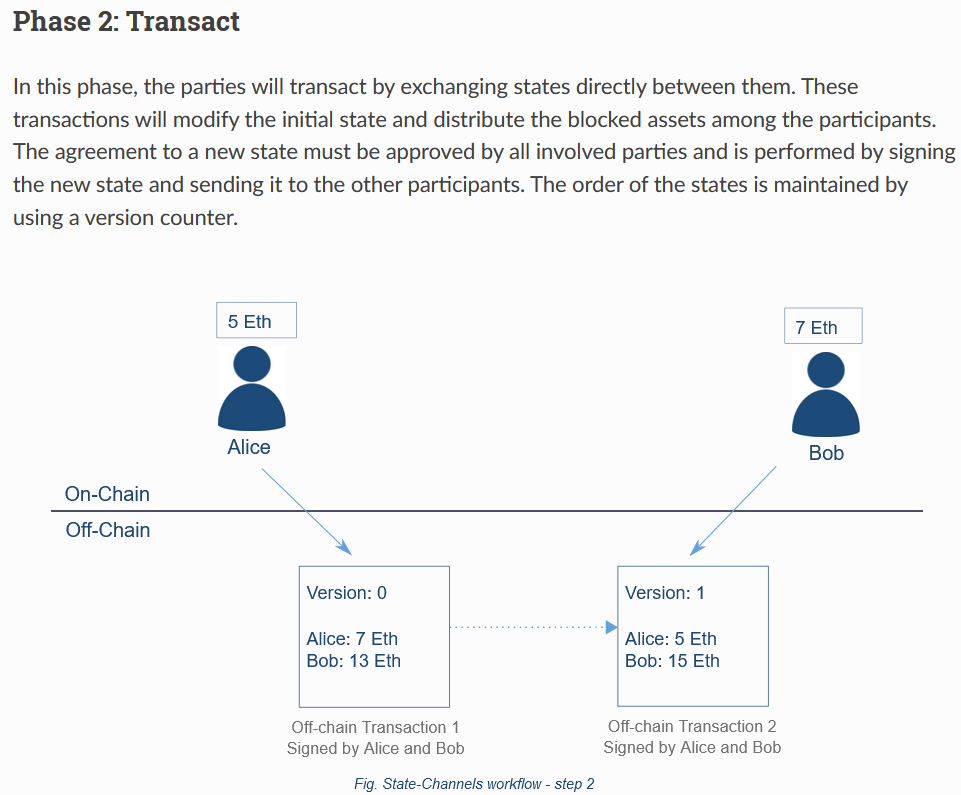Blockchain has been the subject of numerous patent applications over the past decade. However, compared to other technologies, the number of issued blockchain patents is modest due to the lengthy time lag between filing and issuance, averaging 23.2 months. This developmental stage means there is limited knowledge and experience in monetizing blockchain patents effectively.
As a result, the legal landscape is underdeveloped, with a relatively low number of infringement and licensing deals. This scenario presents an opportunity to identify and leverage valuable patents within your existing portfolios to establish market leadership and attract investor interest.
In a recent case study, our team highlighted the potential of this approach by identifying a “hidden gem” patent within a client’s portfolio. This patent revealed promising infringement targets, enabling the client to demonstrate the substantial value of their patent portfolio. Consequently, the client was able to secure significant investor interest, showcasing the effectiveness of a well-executed blockchain patent monetization strategy.
Patent Analysis and Market Targeting
The client, possessing a portfolio of 80 blockchain patents, aimed to identify high-potential patents to attract investors. A particularly challenging aspect of this project was the client’s requirement to analyze three specific patents within a one-week deadline for an investor meeting.
The analysis began with patent USXXXX230B2, which had an early priority year of 2015-2016. This patent describes a method for executing a portion of logic external to the blockchain, where the result from this external logic modifies the transaction’s final output. The state of the external system is then updated based on this modified output. For instance, this can be visualized as a blockchain transaction representing a boolean logic operation with two input sources, where any change in one source modifies the transaction’s output.
Upon exploring the blockchain domain, it was observed that the concept of State Channels operates in a similar manner. State Channels allow users to conduct multiple transactions off-chain, thereby reducing the load on the main blockchain. A prominent example of this is the Lightning Network for Bitcoin.
The Challenge
The client’s requirements included targeting blockchain platforms with substantial market potential beyond Bitcoin. Various strategies were employed to identify potential targets:
- Rejection Analysis: Patents in the portfolio that had rejected applications from multiple companies were examined. This indicates that these companies were working on similar technologies, making them potential targets.
- Forward Citations: Forward citations of the patents were analyzed to identify potential companies working in the relevant domain.
- Feature Exploration: Features of the patents were explored to identify companies developing similar technologies.
Through these strategies, several potential leads were identified from top companies. However, many of these companies had been established for a considerable time. Therefore, the focus shifted to more recently released platforms with innovative features. This led to the identification of Company XYZ.
Demonstrating Patent Infringement
Company XYZ addresses blockchain scaling and interoperability using state channel technology. The collaborative development of XYZ’s blockchain-based distributed ledgers has been supported by multiple major companies. Notably, XYZ’s technology, founded in 2017, aligned well with the priority date of the subject patent, providing a positive indicator for further analysis.
While initial information on the patented concept was identified, a detailed analysis was required to demonstrate complete overlap, such as whether the off-chain transactions for a user were conducted within a single blockchain transaction.
An in-depth investigation was conducted into various research papers, articles, Company XYZ’s whitepaper, YouTube channel content, tech blogs, and relevant code on platforms like GitHub and Stack Exchange. This comprehensive analysis provided a deeper understanding of how the technology functioned and how the off-chain transactions were executed. Consequently, explicit information was identified, demonstrating XYZ’s infringement of the subject patent.
| Subject Patent – US1XXXX230B2 | Relevant data from XYZ |
| Perform a blockchain transaction on an external system, which is different from a main chain. |  Analyst Comment: Off-chain transactions can take place in XYZ. The off-chain transaction is the required external system here. |
| Changing the state of the external system after carrying out the above transaction. |  Analyst Comment: When the State Channel initiates, it is in an open or initial state. However, once the off-chain transactions are complete and the final amount is submitted on-chain, the state changes from an Initial State to a Close or Final state. |
Added Value to the Blockchain Patent Monetization Project
In addition to the primary analysis, potential companies were identified as future targets for the patent, thereby enhancing the perceived value of the client’s patent portfolio.
For example, patent USXXXX230B2, which details a process for executing off-chain transactions from a blockchain transaction, could be leveraged against Company CBA. In 2020, CBA introduced a new off-chain solution with similar features. Notably, CBA secured Series C funding, valuing the company at $2 billion. Identifying such high-value targets significantly enhances the patent’s attractiveness to investors.
Furthermore, a strength check or claim amendment was recommended for the patent to bolster its robustness and enforceability.
The client was highly satisfied with the comprehensive analysis, which allowed them to effectively demonstrate the positive potential of their portfolio during their board meeting. Consequently, the client requested further analysis of additional patents within their portfolio, highlighting the project’s success.
Conclusion
As the number of issued patents related to blockchain is expected to increase, it presents a critical window of opportunity to assess and monetize your blockchain patents effectively.
With the maturing of companies in this technology sector, the revenue potential will attract more entities aiming to extract value from their patents. Therefore, companies must act now and capitalize on their blockchain patents before the market becomes saturated.
Given the nascent stage of litigation in this area, it is crucial to navigate this complex landscape with expertise.
Get in touch with us to explore the full potential of your blockchain patent portfolio and develop a robust monetization strategy tailored to your needs.
Authored By: Ayushi Roy and Satyam Gupta, Team Infringement

